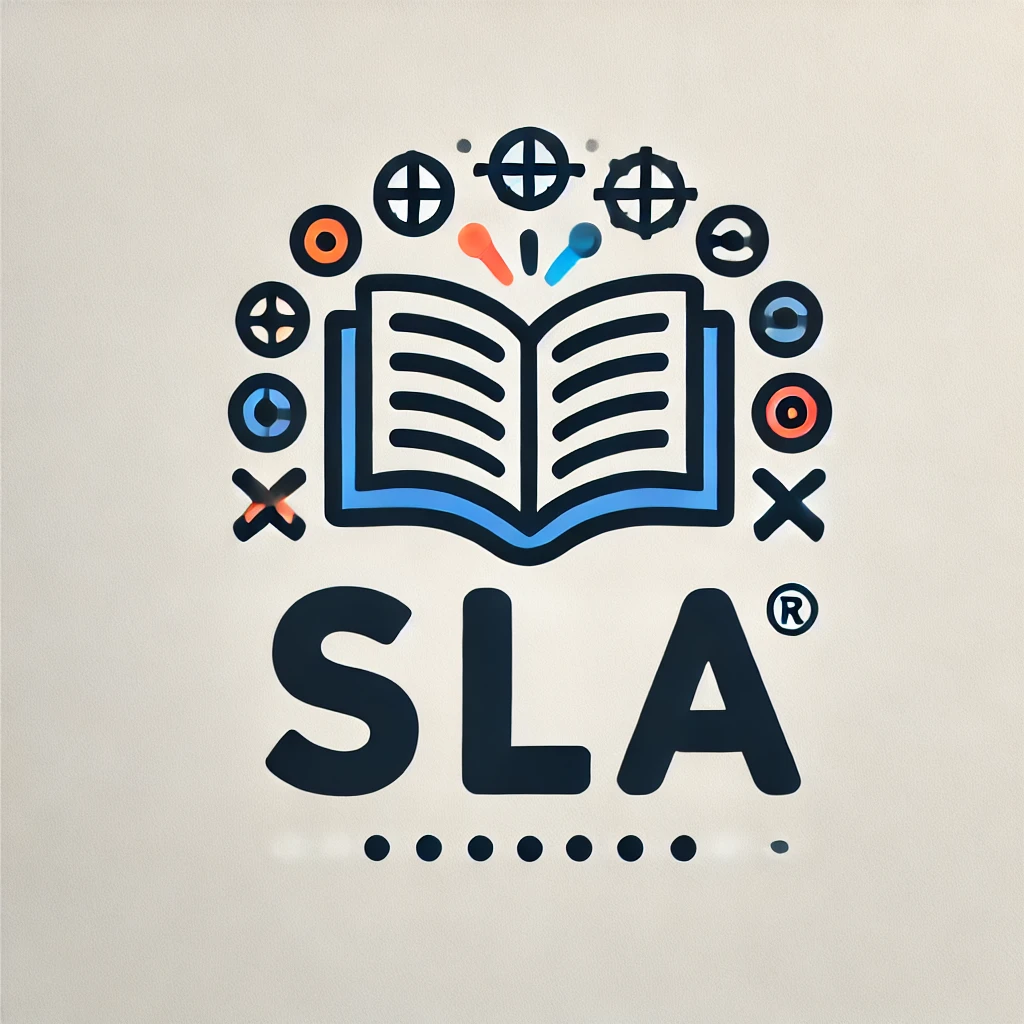What Is The Input Hypothesis In Second Language Acquisition?
Have you ever wondered how people learn a second language? In the field of second language acquisition, there are many theories and hypotheses that attempt to explain this process. One such theory is the Input Hypothesis, proposed by linguist Stephen Krashen. But what exactly is the Input Hypothesis and how does it play a role in learning a second language? Let’s explore this theory in more detail.
Understanding the Input Hypothesis
The Input Hypothesis, also known as the Input Hypothesis Theory, is a theory of second language acquisition that suggests language learners acquire language through exposure to comprehensible input. According to Krashen, comprehensible input is language input that is slightly above the learner’s current level of proficiency. This means that learners are exposed to language that they can understand, but that also challenges them to acquire new language forms and structures.
How Input Hypothesis Works
In essence, the Input Hypothesis proposes that language learners improve their language skills by receiving input that is slightly more advanced than their current level of proficiency. This input is important for learners to be able to understand and acquire new language in a natural and effective way.
The idea behind this theory is that when learners are exposed to language input that is just beyond their current level, they are motivated to make sense of the language and try to understand it. This process of understanding and interpreting the input leads to language acquisition and improvement over time.

This image is property of images.unsplash.com.
Implications for Language Teaching
The Input Hypothesis has important implications for language teaching and classroom instruction. Language teachers can use this theory to design lessons and activities that provide learners with comprehensible input that challenges them to acquire new language forms and structures.
Creating Comprehensible Input
One way that language teachers can incorporate the Input Hypothesis into their teaching is by providing learners with input that is just above their current proficiency level. This can be done through a variety of techniques, such as using visual aids, gestures, and context clues to help learners understand new language forms and structures.
By creating comprehensible input that is engaging and challenging, teachers can support language learners in their acquisition of new language skills. This can help learners improve their language proficiency and confidence in using the language in real-life situations.

This image is property of images.unsplash.com.
Criticism and Controversies
While the Input Hypothesis has been influential in the field of second language acquisition, it is not without its criticisms and controversies. Some researchers argue that the theory places too much emphasis on input and does not take into account other important factors that contribute to language learning, such as motivation, practice, and feedback.
Limitations of the Theory
One of the main criticisms of the Input Hypothesis is that it oversimplifies the complex process of language acquisition. Language learning is influenced by a variety of factors, including individual differences, cognitive abilities, and sociocultural contexts. The Input Hypothesis does not fully address these factors and may not be applicable to all language learners in all situations.
Additionally, some critics argue that the theory does not fully explain how learners are able to move from comprehension to production of the language. While input is important for language acquisition, practice and feedback are also crucial for learners to develop their speaking and writing skills.

This image is property of images.unsplash.com.
Conclusion
In conclusion, the Input Hypothesis is a theory of second language acquisition that suggests learners acquire language through exposure to comprehensible input that is slightly above their current proficiency level. While this theory has been influential in the field of language teaching and learning, it is not without its criticisms and controversies.
As a language learner, understanding the Input Hypothesis can help you make sense of how you acquire new language skills and improve your proficiency in a second language. By seeking out comprehensible input and engaging in meaningful language practice, you can support your language learning journey and reach your language learning goals.

